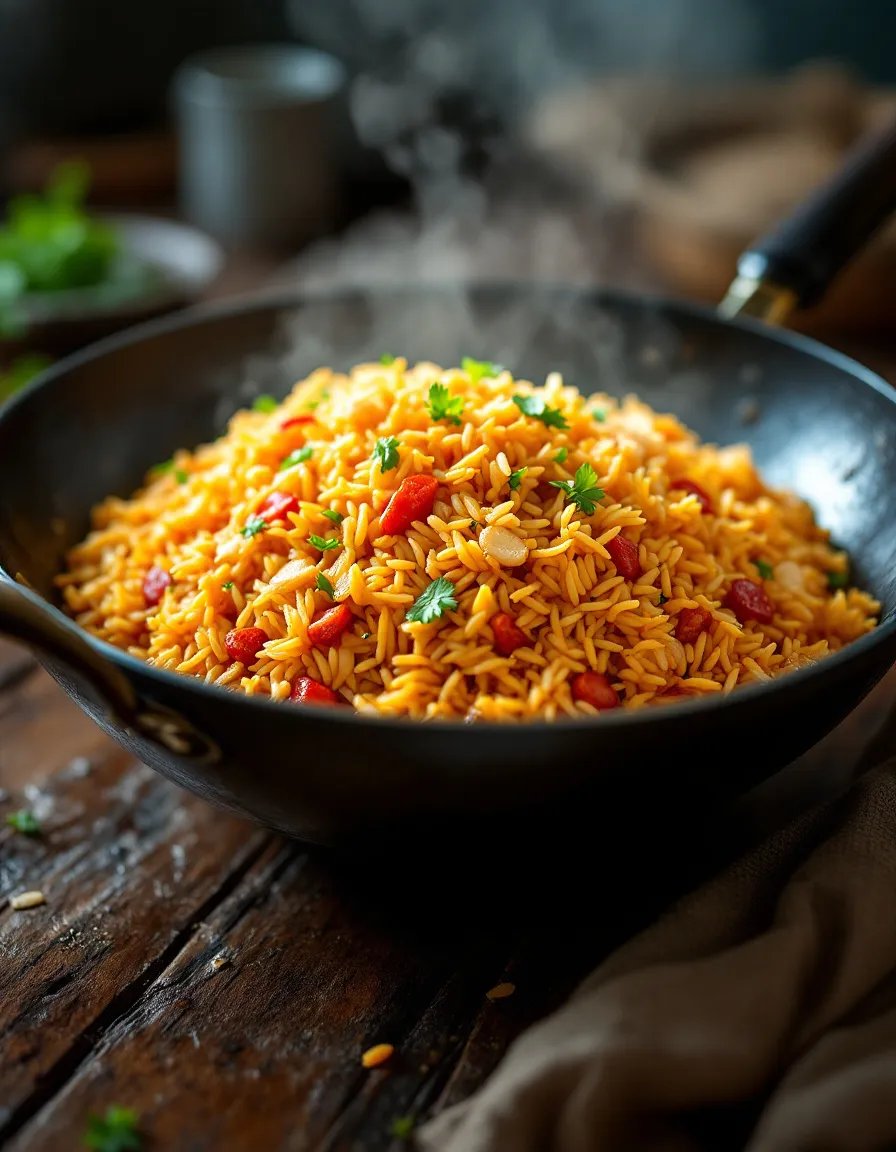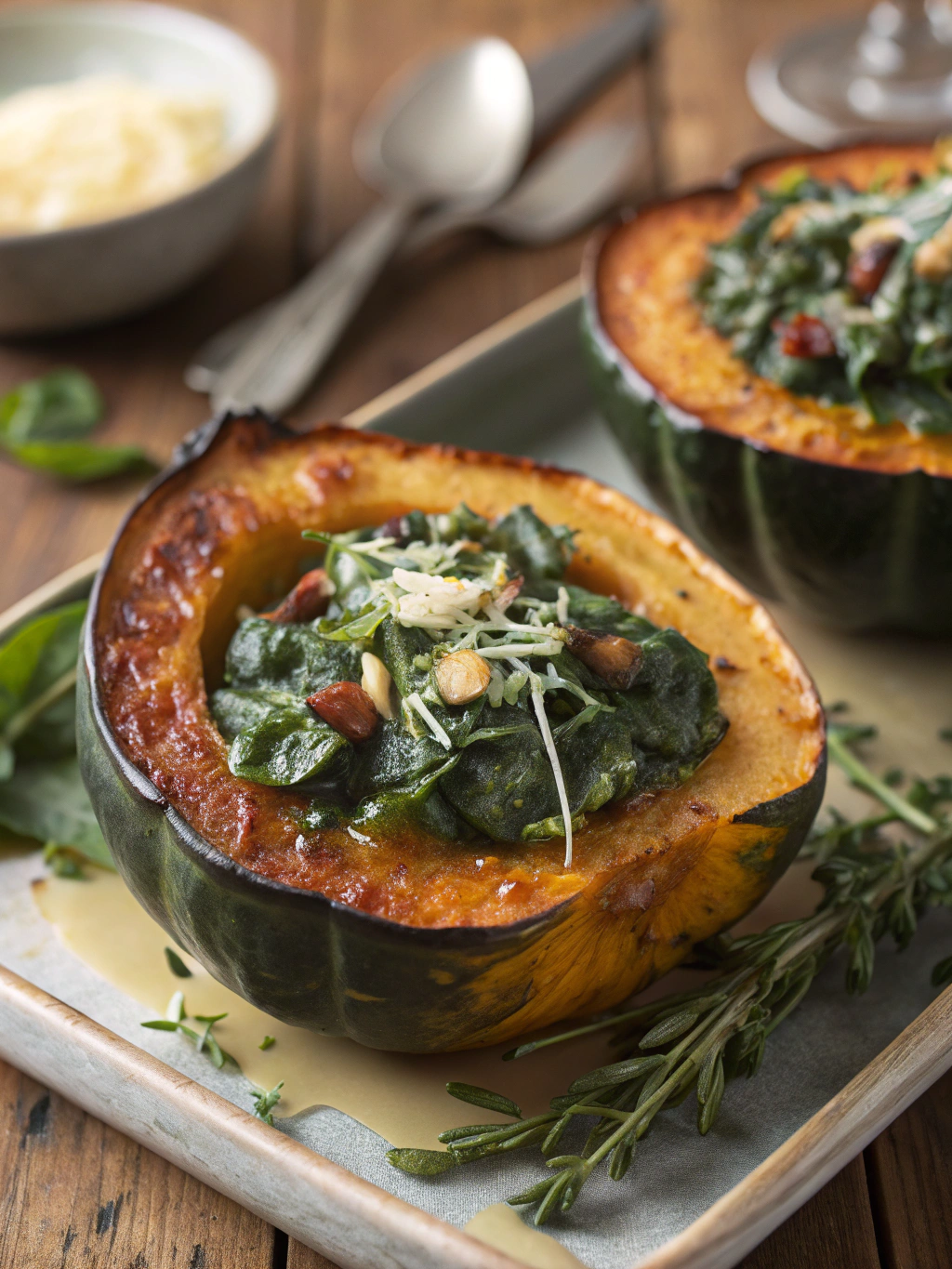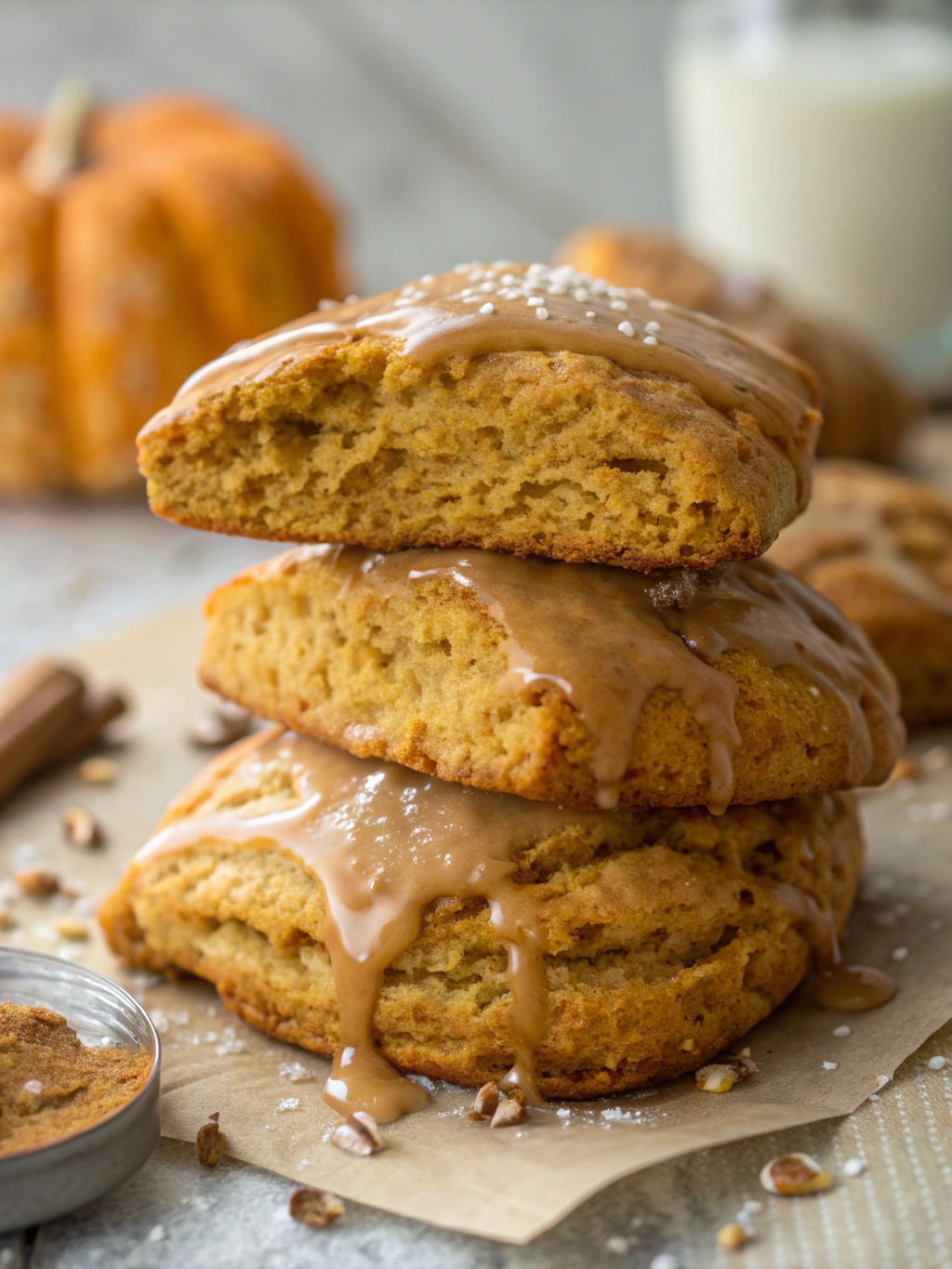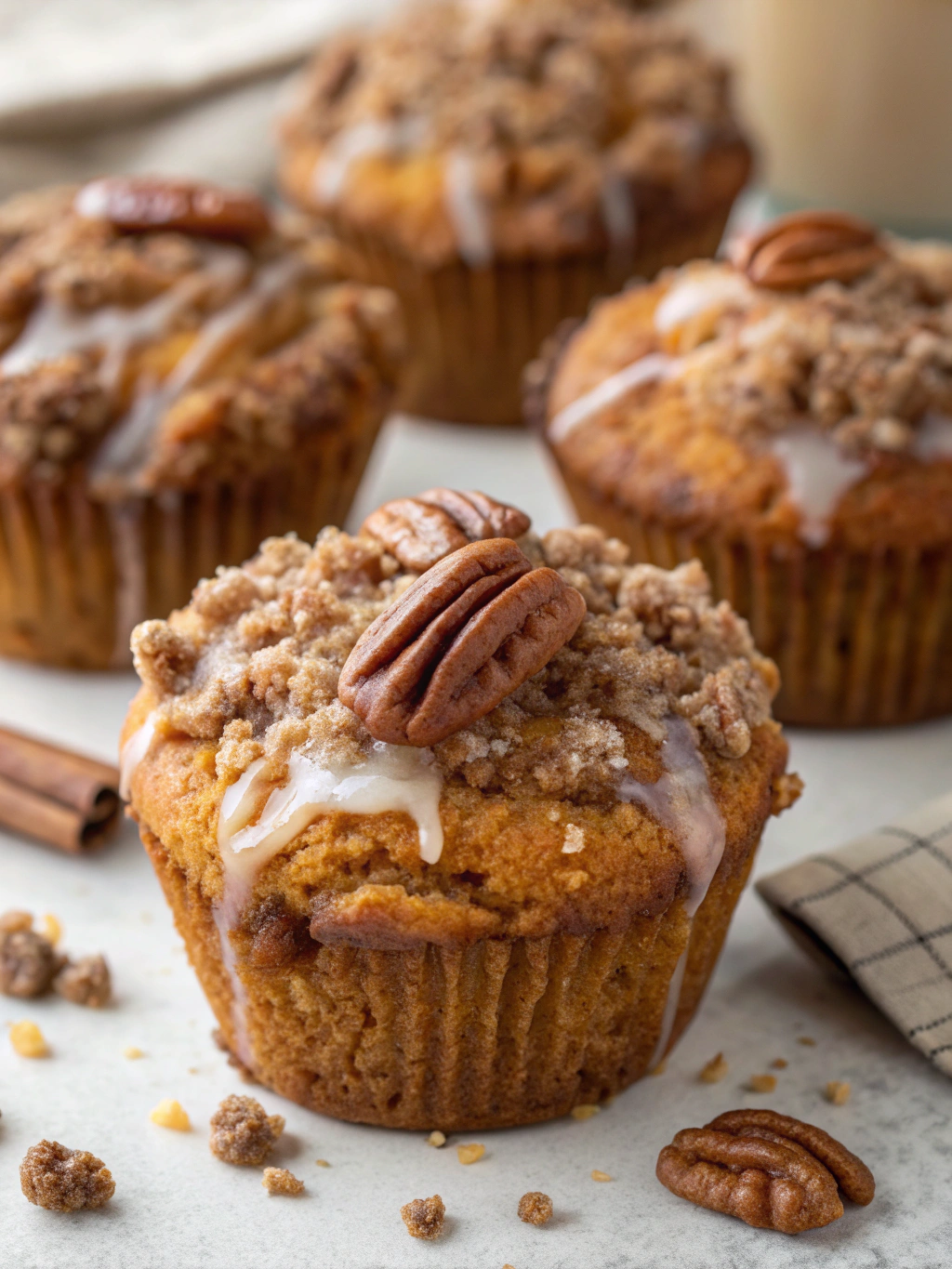Classic Fried Rice: The Perfect Weeknight Comfort Food
There’s nothing quite like a steaming plate of classic fried rice to satisfy your cravings for comfort food. This versatile dish combines fluffy rice with savory ingredients, creating a perfect balance of textures and flavors that will transport you straight to your favorite Asian restaurant. Whether you’re using up leftovers or starting from scratch, this classic fried rice recipe delivers restaurant-quality results every time.
The beauty of classic fried rice lies in its simplicity and adaptability. With just a few pantry staples and some fresh ingredients, you can create a meal that’s both satisfying and packed with flavor. The secret to perfect fried rice is using day-old rice, which fries up beautifully without becoming mushy. The combination of soy sauce, scrambled eggs, and aromatic vegetables creates a dish that’s greater than the sum of its parts.
Quick Recipe Highlights
- Flavor Profile: A perfect balance of savory, slightly sweet, and umami flavors with a hint of smokiness from high-heat cooking.
- Texture: Fluffy rice with delightful chewiness, complemented by crisp vegetables and tender protein.
- Aroma: The enticing scent of garlic, ginger, and soy sauce will fill your kitchen as you cook.
- Visual Appeal: A colorful mix of golden rice, bright vegetables, and specks of egg creates an inviting presentation.
- Skill Level Needed: Beginner-friendly with simple techniques that yield impressive results.
- Special Equipment: Just a wok or large skillet and a good spatula are all you need.
Recipe Overview
- Difficulty Level: This classic fried rice recipe is perfect for beginners, requiring basic chopping and stirring skills. The key is organization – having all ingredients prepped before cooking makes the process smooth.
- Category: Main dish or side dish that works for lunch, dinner, or even breakfast.
- Cuisine: Chinese-inspired dish that has become popular worldwide with many regional variations.
- Cost: Budget-friendly meal that makes excellent use of leftovers and pantry staples.
- Season: Perfect year-round comfort food, easily adaptable with seasonal vegetables.
- Occasion: Great for quick weeknight meals, potlucks, or as part of a larger Asian-inspired feast.
Why You’ll Love This Classic Fried Rice
The appeal of classic fried rice begins with its incredible versatility. You can customize it endlessly based on what you have in your fridge, making it the perfect solution for using up leftovers. The combination of textures – from the fluffy rice to the crisp vegetables and tender egg – creates a satisfying mouthfeel that keeps you coming back for more. The savory umami flavors from the soy sauce combined with the aromatic garlic and ginger create a depth of flavor that belies the dish’s simplicity.
From a convenience standpoint, classic fried rice is hard to beat. It comes together in about 20 minutes once your ingredients are prepped, making it ideal for busy weeknights. The recipe scales beautifully, so you can easily make a large batch for meal prep or a small portion for a quick lunch. Plus, it reheats well, meaning your leftovers will taste just as good the next day.
Nutritionally, classic fried rice offers a balanced meal with carbohydrates from the rice, protein from eggs (and optional meat), and vitamins from the vegetables. By controlling the ingredients, you can make it as light or hearty as you prefer. Using brown rice increases the fiber content, while adding extra vegetables boosts the nutrient profile without compromising flavor.
For entertaining, classic fried rice is a crowd-pleaser that appeals to all ages. It’s an excellent dish for potlucks or family gatherings, as it’s easily made in large quantities and stays tasty at room temperature. The colorful presentation makes it visually appealing on a buffet table, and it pairs well with other Asian-inspired dishes.
Cost-effectiveness is another major advantage of classic fried rice. The base ingredients are inexpensive pantry staples, and the recipe makes excellent use of small amounts of leftover meat or vegetables that might otherwise go to waste. This makes it an economical choice for families or anyone cooking on a budget.
Historical Background and Cultural Significance
Fried rice has its roots in Chinese cuisine, dating back to the Sui Dynasty (589-618 AD). Originally created as a way to use leftover rice, the dish evolved over centuries into the classic fried rice we know today. The technique of stir-frying ingredients in a wok over high heat became central to Chinese cooking methods, allowing for quick preparation that preserved nutrients and flavor.
In Chinese culture, fried rice holds significance as both everyday comfort food and festival dish. During Lunar New Year celebrations, special versions are prepared with symbolic ingredients representing prosperity and good fortune. The dish’s popularity spread throughout Asia, with each region developing its own variations using local ingredients and flavors.
The classic fried rice we recognize today became popular in Western countries through Chinese immigrants who adapted the recipe to local tastes. The addition of ingredients like peas and carrots reflects these adaptations, while maintaining the essential techniques and flavors of the original. This cultural exchange created a dish that bridges culinary traditions while remaining deeply rooted in Chinese cooking methods.
Modern variations of classic fried rice continue to evolve, with chefs and home cooks alike experimenting with new ingredients and techniques. Despite these innovations, the fundamental appeal remains the same: a satisfying, flavorful dish that transforms simple ingredients into something extraordinary through careful preparation and high-heat cooking.
Ingredient Deep Dive
Day-Old Rice
The foundation of perfect classic fried rice is day-old, chilled rice. Freshly cooked rice contains too much moisture, causing it to clump together when fried. Chilled rice has dried slightly, allowing the grains to separate beautifully during cooking. This results in the ideal texture – fluffy with just the right amount of chewiness. For best results, spread freshly cooked rice on a tray to cool quickly before refrigerating.
If you’re in a pinch, you can use freshly cooked rice by spreading it thin on a baking sheet and letting it dry for about 30 minutes. However, truly great classic fried rice benefits from the texture of rice that’s had time to dry in the refrigerator. The starch molecules in the rice recrystallize as it cools, creating grains that stay separate when stir-fried.
Soy Sauce
Soy sauce provides the essential umami flavor in classic fried rice. Traditional Chinese cooking often uses light soy sauce for seasoning and dark soy sauce for color. For home cooks, a good quality all-purpose soy sauce works perfectly. The saltiness enhances all the other flavors while adding depth and complexity to the dish.
When selecting soy sauce, look for naturally brewed varieties without additives. Tamari makes an excellent gluten-free alternative. For best results, add soy sauce during cooking rather than at the end, allowing the flavors to meld properly. Remember that a little goes a long way – you can always add more, but you can’t remove excess saltiness.
Common Mistakes to Avoid
- Using freshly cooked rice: This leads to mushy fried rice as the excess moisture causes clumping. Always use day-old rice for best texture.
- Overcrowding the pan: Adding too many ingredients at once lowers the pan temperature, resulting in steamed rather than fried rice.
- Insufficient heat: Classic fried rice requires high heat to achieve the characteristic smoky flavor and proper texture.
- Over-stirring: Constant stirring prevents the rice from developing the slight crispness that adds textural interest.
- Adding cold ingredients: Chilled ingredients straight from the fridge can lower the pan temperature dramatically.
- Over-saucing: Too much liquid makes the rice soggy. Add sauces gradually and taste as you go.
- Underseasoning: Fried rice needs bold seasoning to stand up to the other ingredients.
- Poor mise en place: Not having all ingredients prepped and within reach leads to overcooked elements.
Essential Techniques
The Fried Rice Flip
Mastering the flip technique is crucial for perfect classic fried rice. Using a spatula or wok shovel, lift and turn the rice rather than stirring it. This motion allows even cooking while preventing mushiness. The goal is to coat each grain with oil and heat it thoroughly without breaking the rice. Practice the flipping motion with cooled rice first to build confidence before attempting it over high heat.
A proper flip incorporates ingredients evenly while allowing some rice to make contact with the hot pan surface, creating those desirable slightly crispy bits. The motion should be quick and confident – hesitation can lead to spills or uneven cooking. With practice, you’ll develop the wrist action needed for perfect fried rice every time.
Pro Tips for Perfect Classic Fried Rice
- Use a well-seasoned wok or large cast iron skillet for even heat distribution and authentic flavor.
- Prep all ingredients before heating the pan – fried rice cooks quickly once you start.
- Cook in batches if making a large quantity to maintain proper pan temperature.
- Let the rice sit undisturbed for short periods to develop crispy bits.
- Toast the garlic and ginger briefly before adding other ingredients to maximize their flavor.
- Add a small amount of sesame oil at the end for authentic aroma.
- Garnish with sliced green onions for freshness and color contrast.
Variations and Adaptations
Protein Options
While classic fried rice often includes eggs, you can easily adapt it with various proteins. Diced chicken, shrimp, pork, or beef all work beautifully. For vegetarian versions, try tofu or tempeh. The key is to cook proteins separately before adding to the rice, ensuring proper doneness without overcooking. Marinate proteins briefly in a bit of soy sauce and cornstarch for extra flavor and tenderness.
Vegetable Variations
The vegetable component of classic fried rice is endlessly adaptable. Beyond the traditional peas and carrots, try bell peppers, mushrooms, zucchini, or broccoli. For authentic Chinese flavor, include Chinese sausage (lap cheong) or preserved vegetables. Seasonal vegetables make excellent additions – asparagus in spring, corn in summer, or squash in autumn. The key is to cut vegetables small for quick cooking and even distribution throughout the dish.
The Recipe
Classic Fried Rice
Serves: 4
Prep Time: 15 mins
Cook Time: 10 mins
Total Time: 25 mins
Kitchen Equipment Needed
- Wok or large skillet
- Wooden spoon or spatula
- Knife and cutting board
- Measuring spoons
- Mixing bowls
Ingredients
- 3 cups day-old cooked white rice
- 2 tablespoons vegetable oil
- 2 eggs, beaten
- 2 cloves garlic, minced
- 1 teaspoon grated ginger
- 1/2 cup diced carrots
- 1/2 cup frozen peas
- 2 green onions, sliced
- 3 tablespoons soy sauce
- 1 teaspoon sesame oil
- 1/2 teaspoon white pepper
Directions
- Break up cold rice with your hands to separate grains before cooking.
- Heat 1 tablespoon oil in wok over high heat. Add beaten eggs and scramble until just set. Remove and set aside.
- Add remaining oil to wok. Stir-fry garlic and ginger for 30 seconds until fragrant.
- Add carrots and peas, stir-frying for 2 minutes until vegetables are tender-crisp.
- Add rice to wok, breaking up any clumps. Stir-fry for 3-4 minutes until heated through.
- Return scrambled eggs to wok. Add soy sauce, sesame oil, and white pepper.
- Toss everything together and cook for another minute.
- Garnish with green onions and serve immediately.
Recipe Notes
- For best results, use rice that’s been refrigerated overnight.
- Add cooked chicken, shrimp, or pork for extra protein.
- Adjust soy sauce to taste – start with less and add more if needed.






